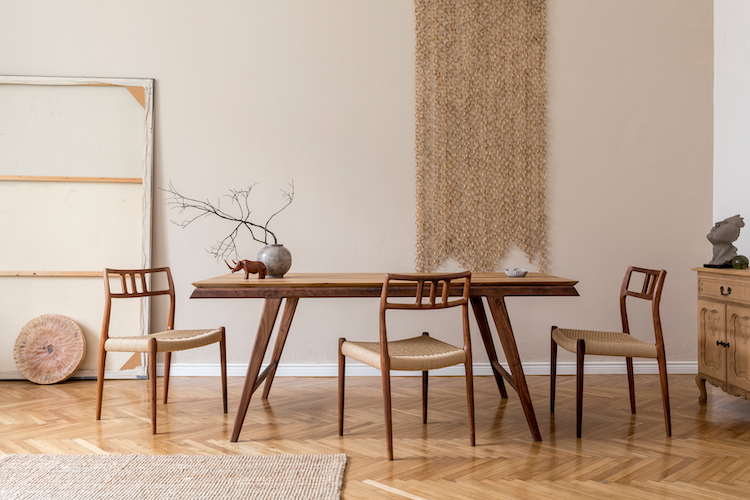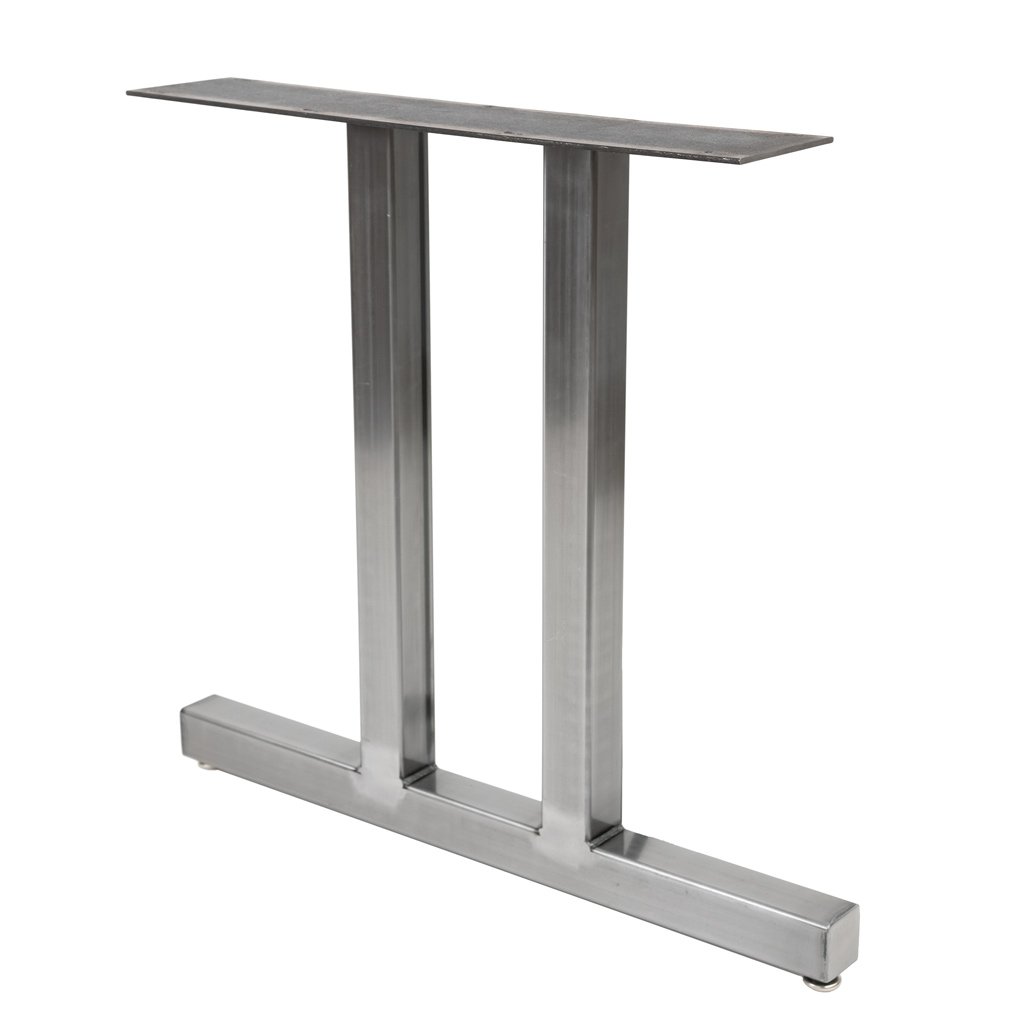How the Right Dining Room Table Legs Can Complete Your Dining Room Look
How the Right Dining Room Table Legs Can Complete Your Dining Room Look
Blog Article
How to Select the Perfect Dining Space Table Legs for Your Home Design
Picking the perfect dining room table legs is a nuanced process that needs mindful factor to consider of various elements, including your area restraints, aesthetic preferences, and useful requirements. The interplay in between measurements, styles, and materials can dramatically affect the setting of your eating location, making it important to approach this decision carefully. As you ponder the myriad alternatives readily available, it comes to be clear that the appropriate selection prolongs past simple look; it can improve your general dining experience. What aspects should you focus on to guarantee your choice matches your home's distinct character?
Assess Your Eating Area
Evaluating your dining space is crucial for selecting the right table legs that complement both appearances and functionality. Begin by determining the dimensions of your dining location, including ceiling elevation, floor room, and closeness to various other furniture. This details will help establish the ideal dimension and height of your table, which directly influences the option of table legs.
Next, consider the style and design of your eating space. As an example, an open-concept design might take advantage of table legs that offer aesthetic agility, such as slender metal or acrylic alternatives. Conversely, a more conventional setup might call for tough wooden legs that provide a sense of durability.
Evaluate the existing color combination and materials in your eating location. Balancing the table legs with these components develops a cohesive look that improves the total decor.
Ultimately, a complete evaluation of your eating room will guide you in making an educated decision, ensuring that your table legs not just improve the aesthetic allure but likewise offer functional purposes.
Consider Your Style Preferences
When choosing eating space table legs, it is necessary to assess your personal design choices, as they substantially affect the overall visual of your dining room. Your selection of table legs can either enhance or contrast with existing decor, making it important to align them with your favored indoor layout motif.
If your home leans towards a modern-day visual, think about sleek metal or minimal wooden legs that supply a tidy, uncluttered look. For a much more traditional approach, ornate wooden legs with elaborate makings can include a touch of beauty and sophistication. Industrial styles benefit from robust, resources such as reclaimed timber and metal mixes, reflecting a tough appeal.
Additionally, farmhouse and rustic designs usually prefer strong, chunky legs that stimulate a sense of warmth and comfort. On the other hand, if your décor is eclectic, you may select unconventional forms or a mix of products to produce visual interest.

Evaluate Product Options
The option of product for eating room table legs plays a critical role in both resilience and aesthetic allure. Usual products consist of timber, steel, and composite choices, each offering distinctive features that can affect the general appearance and durability of your table.
Wood is a timeless selection, recognized for its heat and versatility. Hardwoods like oak and walnut offer outstanding toughness and can be completed in various discolorations to match any type of decor. Softwoods like ache are a lot more prone to dents and scrapes, making them much less perfect for high-traffic locations.
Metal legs, often crafted from steel or light weight aluminum, radiate modernity and commercial charm. They are highly durable and immune to use, making them ideal for households with children or frequent events (dining room table legs). Additionally, steel can be completed in various colors, boosting the modification possibilities
Composite products, such as MDF or laminate, deal affordability and varied designs. While generally less resilient than strong wood or steel, they can still supply a trendy appearance and are usually simple to maintain.
Eventually, the product you select ought to straighten with your way of life, aesthetic choices, and the level of usage your dining table will experience.
Determine Height and Size
Selecting the proper elevation and size for your dining room table is essential for both capability and comfort. The typical height for dining tables commonly varies from 28 to 30 inches, allowing sufficient legroom for the majority of people when seated. It is crucial to take into consideration the measurements of your dining area and the kinds of chairs you plan to utilize.

Furthermore, think about the percentages of your dining-room. A larger table in a roomy location can produce a grand setting, while a smaller sized table functions well in more intimate setups. Ultimately, the right elevation and size will harmonize with your overall design and enhance the eating experience for you and your guests.
Explore Customization Possibilities

In addition, the style of the legs can be customized to fit various styles, such as rustic, modern, or commercial. For example, tapered legs can evoke a mid-century contemporary feeling, while beefy, block-style legs may resonate go to my blog with conventional or farmhouse decoration.
House owners can likewise check out shade surfaces, from all-natural wood spots to paint, allowing them to match or contrast with the table top and surrounding decor.
Moreover, leg elevation can be gotten used to accommodate certain seating plans or personal preferences, enhancing both comfort and functionality.
Finally, unique embellishments, such as carvings or decorative braces, can further individualize the table legs, making the dining experience not just a statement but a dish piece in the home. By taking into consideration these personalization options, property owners can create a dining room table that genuinely reflects their originality.
Final Thought
Selecting the suitable dining-room table legs calls for cautious consideration of numerous variables, consisting of the measurements of the eating area, design choices, product resilience, and wanted elevation. Personalization alternatives even more improve the capability to attain a natural aesthetic that complements the overall design. By systematically examining these aspects, homeowners can guarantee that the selected table legs not only satisfy practical demands however likewise add favorably to the eating experience and atmosphere of the home.
Choosing the ideal eating space table legs is a nuanced process that needs cautious consideration of numerous components, including your space restrictions, aesthetic choices, and useful demands.Examining your dining area is important this for selecting the right table legs that enhance both visual appeals and functionality.When establishing dimension, gauge the location where the table will be placed to ensure it fits comfortably, allowing for at the very least 36 inches of clearance around the table for simple movement. A larger table in a roomy area can develop a grand setting, while a smaller table works well in more intimate setups.Picking the suitable eating room table legs calls for cautious consideration of numerous elements, including the measurements of the dining space, style choices, product sturdiness, and wanted height.
Report this page